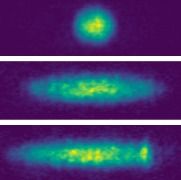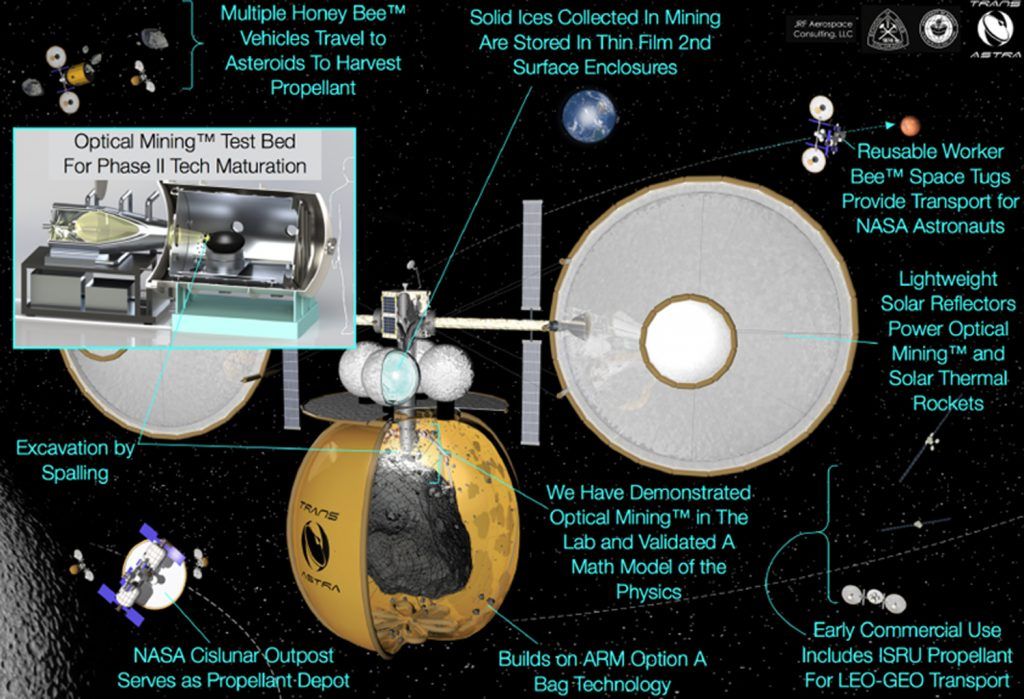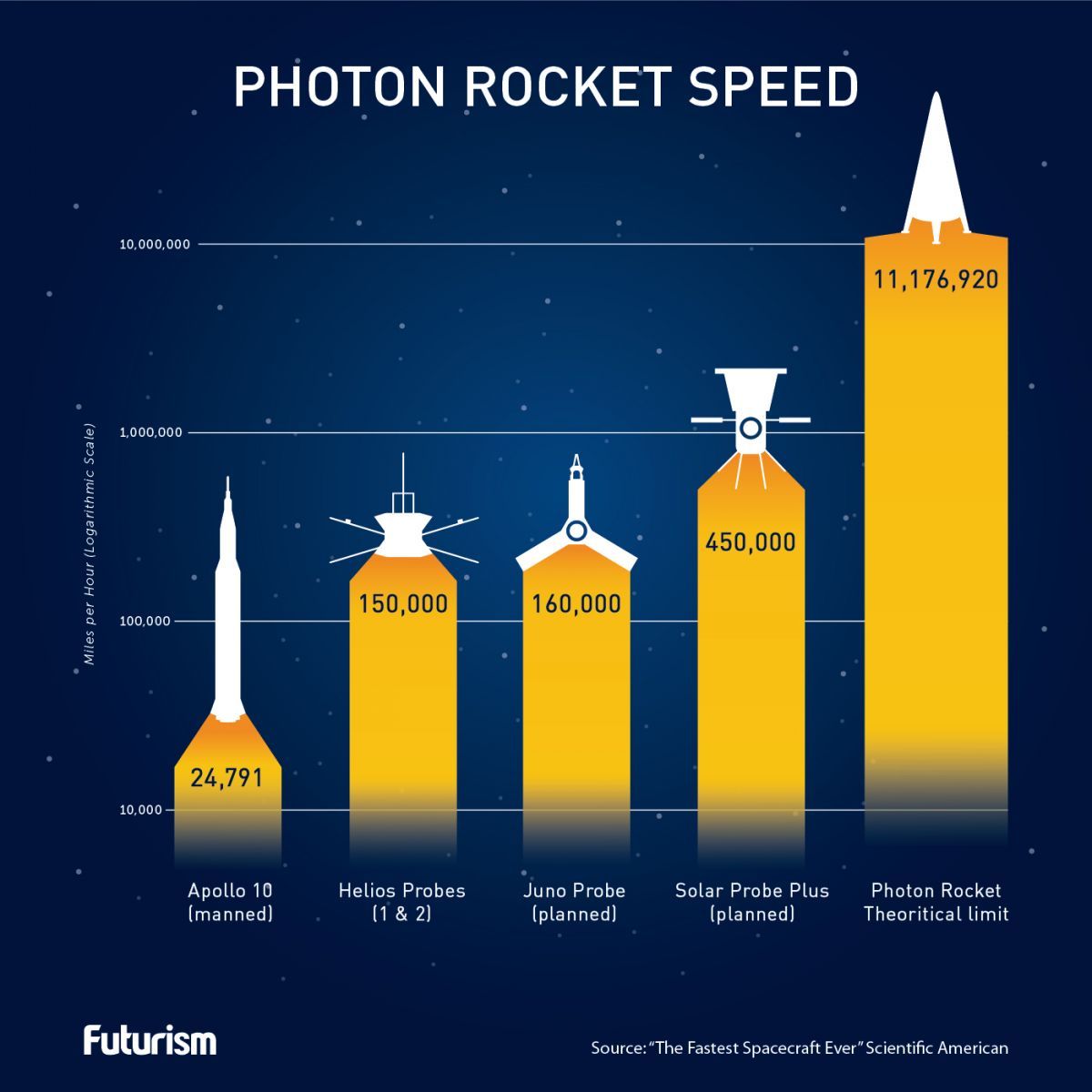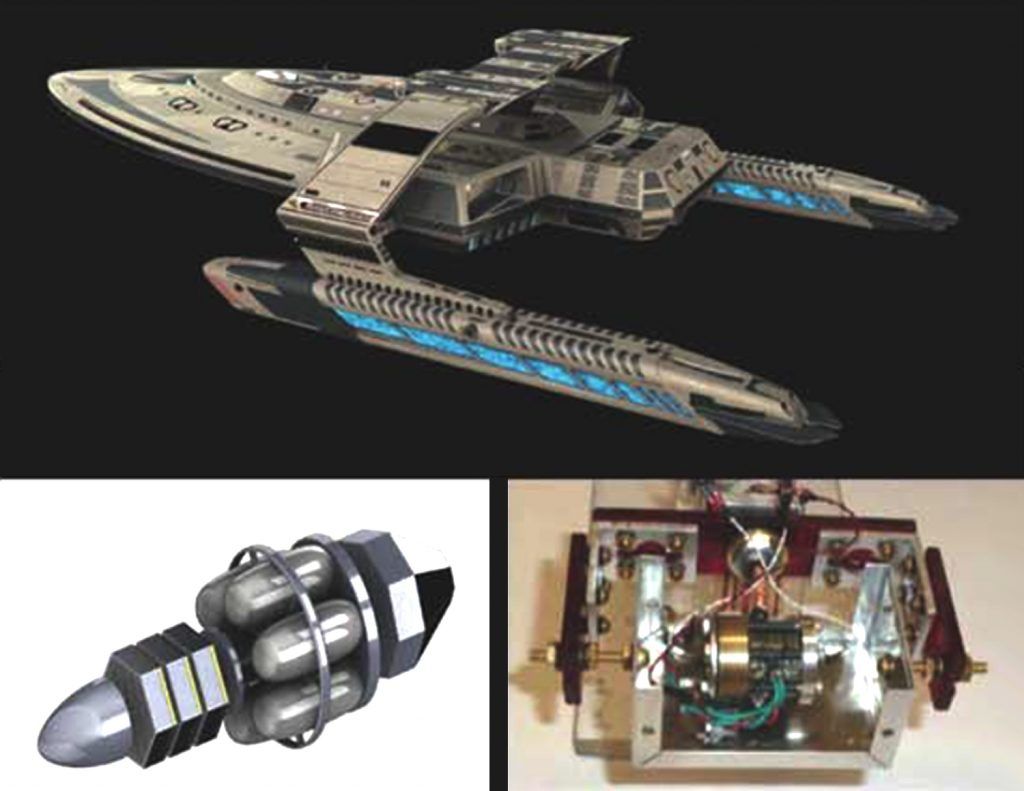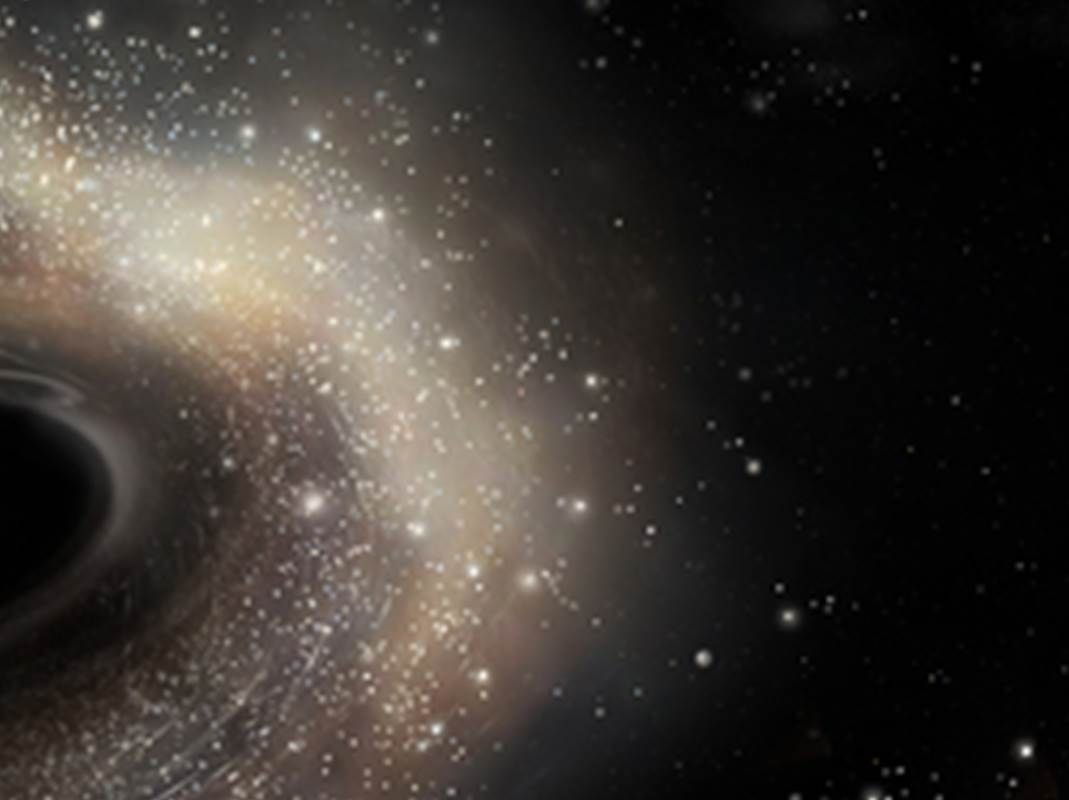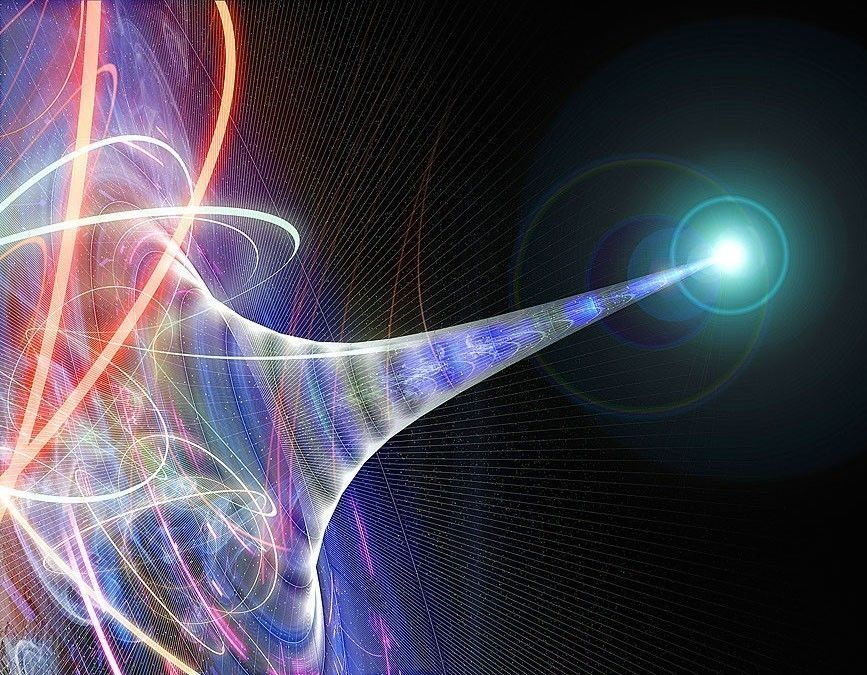
A team of scientists at the Tata Institute of Fundamental Research (TIFR), Mumbai, India, have found new ways to detect a bare or naked singularity, the most extreme object in the universe.
When the fuel of a very massive star is spent, it collapses due to its own gravitational pull and eventually becomes a very small region of arbitrarily high matter density, that is a ‘Singularity’, where the usual laws of physics may breakdown. If this singularity is hidden within an event horizon, which is an invisible closed surface from which nothing, not even light, can escape, then we call this object a black hole.
In such a case, we cannot see the singularity and we do not need to bother about its effects. But what if the event horizon does not form? In fact, Einstein’s theory of general relativity does predict such a possibility when massive stars collapse at the end of their life-cycles. In this case, we are left with the tantalizing option of observing a naked singularity.
Continue reading “A naked singularity: Can we spot the most extreme object in the universe?” »
